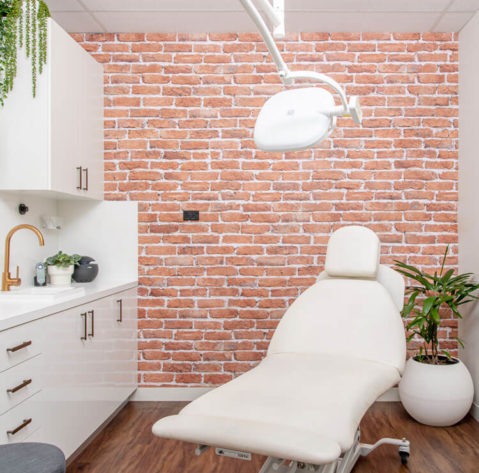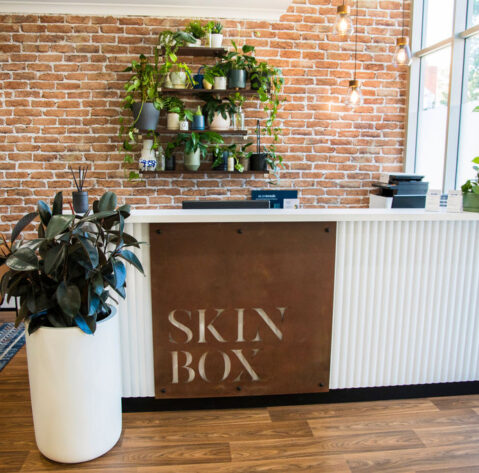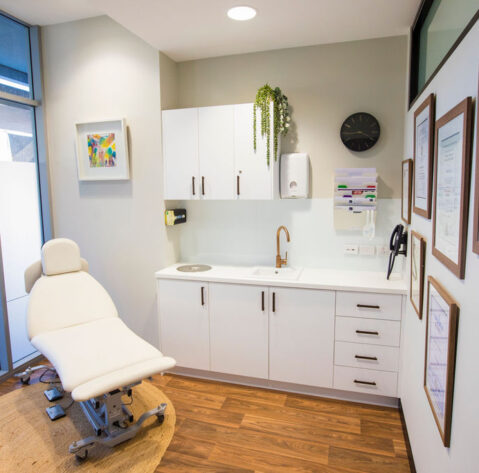Scarring can have a number of causes, including acne, surgical procedures and trauma.
There are various different types of scars and each is treated with different methods.
One of the most common and distressing causes of facial scarring is previous acne, and there are various types of acne scarring, classified based on their severity and shape. Treatments for acne scarring should to be matched to your scarring type, skin type, and lifestyle. Some treatments on darker skin types carry a risk of post-inflammatory hyperpigmentation, and non-laser options may be safer for some patients as they carry less risk.
For any scar treatment, generally multiple sessions are required for the best results, and most scars can be usably and texturally improved but not completely resolved.
CO2 / Erbium laser
Skin resurfacing with the Alma Hybrid laser allows fully customisable treatment to match individual scar types and depths. Downtime is variable and treatment can be tailored to suit your skin and your lifestyle. With this type of laser technology it is possible to treat scars in darker skin types.
Dermal filler
Dermal Fillers can sometimes be used to elevate depressed scars. This is usually done in conjunction with a technique called subcision, using a small needle device to free the overlying skin from its attachment to the underlying scar tissue.
Dermal Needling
Also known as “collagen induction therapy”, medical depth dermal needling can be used with or without additional peptides and growth factors to improve the structure of the dermis, improving the appearance and texture of some types of scarring. This treatment has the advantage of being suitable for all skin types.
Skincare
Optimising your skincare is key to achieving a good result from any treatment that is aimed at improving the appearance of scarring, particularly acne scarring.
The inflammation of acne leads to changes in skin pigmentation and tone, particularly on darker skin types. This is known as post-inflammatory hyperpigmentation (PIH) and can also occur after trauma to the skin from burns, injury or surgery. Hypopigmentation, or a loss of pigmentation, can also occur as a result of acne and unfortunately this can often be permanent.
Redness of the skin is common after an acne lesion has settled and is known as post-inflammatory erythema (PIE). Many patients refer to these residual red marks on the skin as “scars” as they can persist for many months. The treatment of them is different to other forms of scarring and can involve topical products as well as light-based procedures such as IPL.
In many cases, these changes in skin colour tend to resolve themselves with time, but this process can be speeded up using medical grade skin care.




